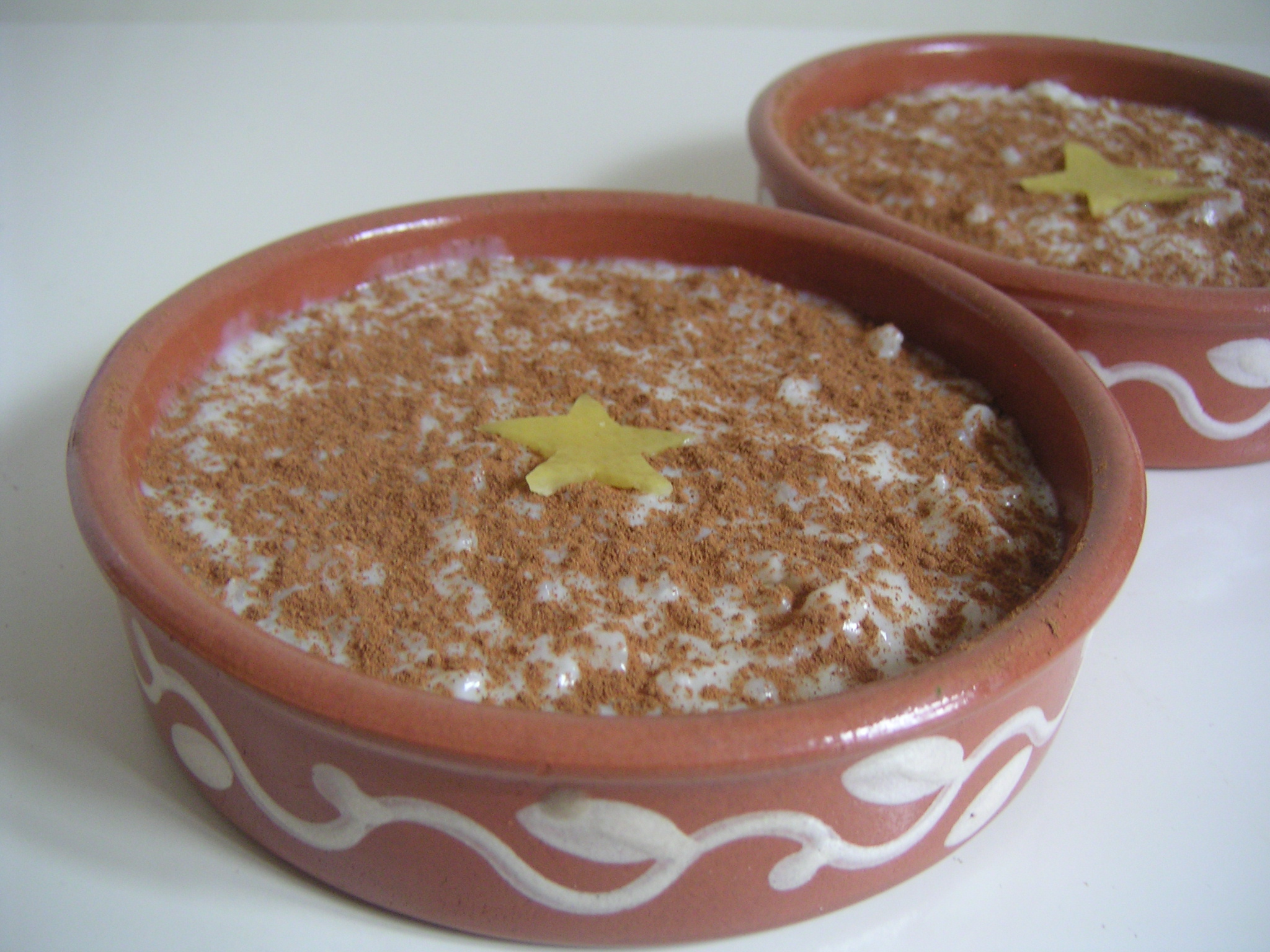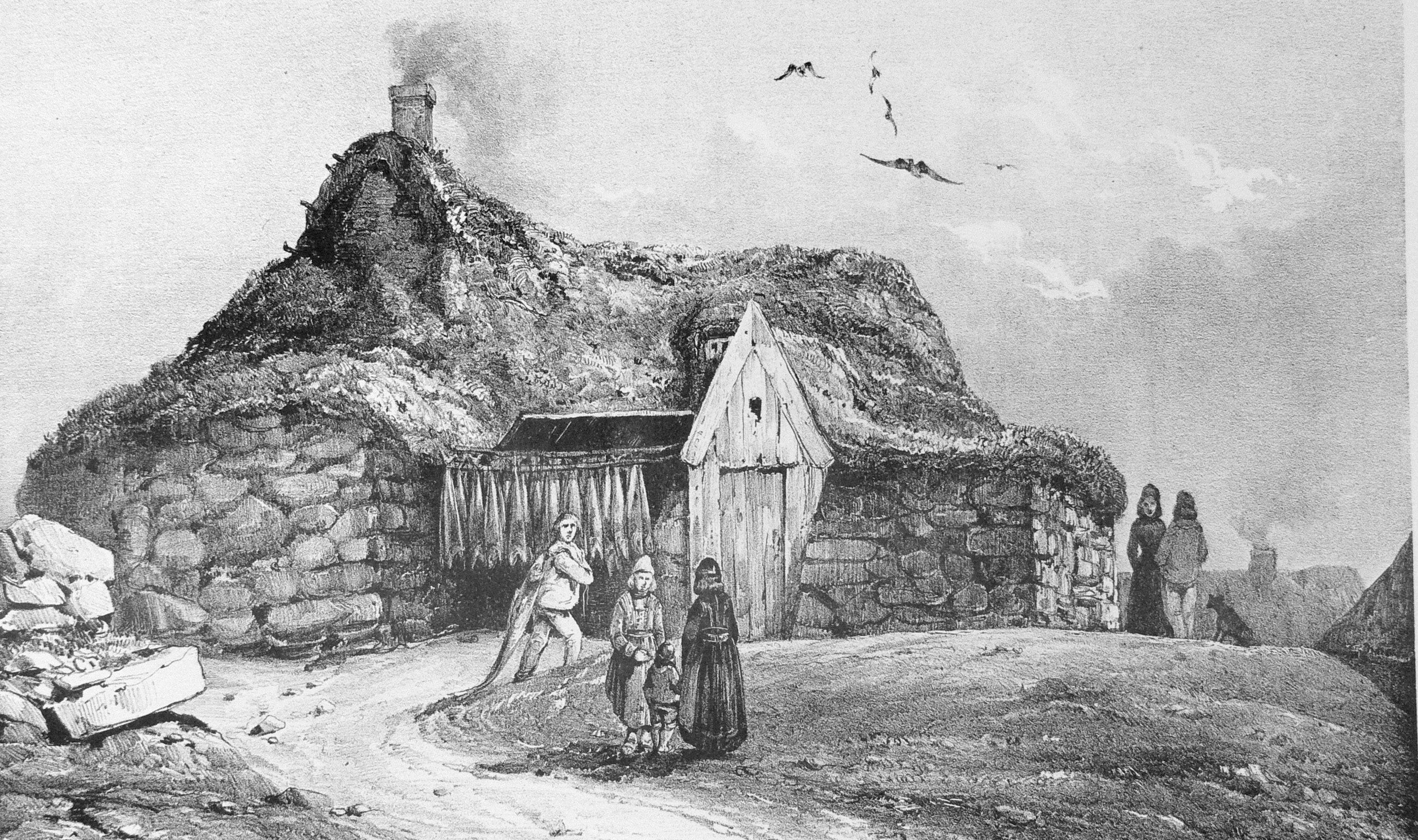|
Slátur
Slátur (, "slaughter") is an Icelandic food made from the innards of sheep. There are two types of slátur; ''blóðmör'' (Icelandic) or "blood pudding" and ''lifrarpylsa'' (" liver sausage"). The first is similar to Irish and British black pudding, although it does not contain the spices used in British and Irish cuisine. They are also much smoother in texture. Ingredients Ingredients for slátur are sheep's blood, chopped or minced sheep's fat, rye flour, oatmeal, flour, salt, About Both blood pudding and liver sausage are prepared in a similar fashion. Pouches are cut and sewn from the stomach, as in traditional haggis, or artificial non-edible pouches can be used. They are filled with a mixture of sliced/minced fat (''mör'') or suet, flour (rye and oats), rolled oats and either blood or finely-minced liver (sometimes kidney is also blended in). The pouches are sewn shut after filling, then they are slow boiled for 2–3 hours. Slátur may be eaten hot or cold and somet ... [...More Info...] [...Related Items...] OR: [Wikipedia] [Google] [Baidu] |
þorramatur
Þorramatur (; transliterated as thorramatur; food of '' Þorri'') is a selection of traditional Icelandic food, consisting mainly of meat and fish products cured in a traditional manner, cut into slices or pieces and served with rúgbrauð (dense and dark rye bread), butter and brennivín (an Icelandic akvavit). Þorramatur is consumed during the Nordic month of ''Þorri'' (Thorri), in January and February, particularly at the mid-winter feast of Þorrablót (Thorrablot) as a tribute to old culture. Being thus connected with the tradition of Þorrablót festivals, Þorramatur is most often served as a buffet. History Þorramatur is an example of an invented tradition that first emerged with the midwinter festivals of regional associations of migrants who had moved from the Icelandic countryside to Reykjavík during the urbanisation boom of the post-World War II era. These festivals were very popular in the 1950s and 1960s and some of them are still held every year, alth ... [...More Info...] [...Related Items...] OR: [Wikipedia] [Google] [Baidu] |
Hrísgrjónagrautur
Rice pudding is a dish made from rice mixed with water or milk and other ingredients such as cinnamon, vanilla and raisins. Variants are used for either desserts or dinners. When used as a dessert, it is commonly combined with a sweetener such as sugar. Such desserts are found on many continents, especially Asia where rice is a staple. Some variants are thickened only with the rice starch; others include eggs, making them a kind of custard. Rice pudding around the world Rice puddings are found in nearly every area of the world. Recipes can greatly vary even within a single country. The dessert can be boiled or baked. Different types of pudding vary depending on preparation methods and the selected ingredients. The following ingredients are usually found in rice puddings: * rice; white rice (usually short-grain, but can also be long-grain, broken rice, basmati, or jasmine rice), brown rice, or black rice * milk (whole milk, coconut milk, cream or evaporated) * spices (card ... [...More Info...] [...Related Items...] OR: [Wikipedia] [Google] [Baidu] |
Blood Sausages
A blood sausage is a sausage filled with blood that is cooked or dried and mixed with a filler until it is thick enough to solidify when cooled. Most commonly, the blood of pigs, sheep, lamb, cow, chicken, or goose is used. In Europe and the Americas, typical fillers include meat, fat, suet, bread, cornmeal, onion, chestnuts, barley, oatmeal and buckwheat. On the Iberian Peninsula and in Latin America and Asia, fillers are often made with rice. Sweet variants with sugar, honey, orange peel and spices are also regional specialties. In many languages, there is a general term such as ''blood sausage'' (American English) that is used for all sausages that are made from blood, whether or not they include non-animal material such as bread, cereal, and nuts. Sausages that include such material are often referred to with more specific terms, such as ''black pudding'' in English. Africa ''Mutura'' is a traditional blood sausage dish among the people of central Kenya, although recent ... [...More Info...] [...Related Items...] OR: [Wikipedia] [Google] [Baidu] |
Liver Sausage
Liverwurst, leberwurst, or liver sausage is a kind of sausage made from liver. It is eaten in many parts of Europe, including Austria, Bulgaria, Croatia, the Czech Republic, Denmark, Finland, Germany, Hungary, Latvia, Netherlands, Norway, Poland, Romania (especially in Transylvania), Russia, Serbia, Slovakia, Slovenia, Sweden, Ukraine, United Kingdom; it is also found in North and South America, notably in Argentina and Chile. Some liverwurst varieties are spreadable. Liverwurst usually contains pigs' or calves' liver. Other ingredients are meat (notably veal), fat, and spices including ground black pepper, marjoram, allspice, thyme, ground mustard seed, and nutmeg. Many regions in Germany have distinct recipes for liverwurst. Adding ingredients like pieces of onion or bacon to the recipe make each variety of liverwurst very important to cultural identity. For example, the ''Thüringer Leberwurst'' (Thuringian liverwurst) has a Protected Geographical Status throughout the EU. R ... [...More Info...] [...Related Items...] OR: [Wikipedia] [Google] [Baidu] |
Black Pudding
, type = , course = , place_of_origin = Great Britain and Ireland , region =England, Ireland, Scotland , associated_cuisine = United Kingdom and Ireland , creator = , year = , mintime = , maxtime = , served = Hot, occasionally cold , main_ingredient = Pork blood, fat, oats, or barley , minor_ingredient = Mint, thyme, marjoram, spices , variations = Drisheen, Sneem Black Pudding, Stornoway black pudding , serving_size = 100 g , calories = , calories_ref = , protein = , fat = , carbohydrate = , glycemic_index = , similar_dish = , , other = Black pudding is a distinct regional type of blood sausage originating in the United Kingdom and Ireland. It is made from pork or beef blood, with pork fat or beef suet, and a cereal, usually oatmeal, oat groats, or barley groats. The high proportion of cereal, along with the use of certain herbs such as pennyroyal, serves to distinguish black pudding from blood sausages eaten in other parts of the wor ... [...More Info...] [...Related Items...] OR: [Wikipedia] [Google] [Baidu] |
Suet
Suet is the raw, hard fat of beef, lamb or mutton found around the loins and kidneys. Suet has a melting point of between 45 °C and 50 °C (113 °F and 122 °F) and congelation between 37 °C and 40 °C (98.6 °F and 104 °F). Its high smoke point makes it ideal for deep frying and pastry production. The primary use of suet is to make tallow, although it is also used as an ingredient in cooking, especially in traditional baked puddings, such as British Christmas pudding. Suet is made into tallow in a process called rendering, which involves melting fats and extended simmering, followed by straining, then cooling. The entire process is then usually repeated to refine the product. Etymology The word ''suet'' is derived from Anglo-Norman , from Old French , from Latin ("tallow", "grease", "hard animal fat"). ''Sebum'' is from the Proto-Indo-European root *''seyb''- ("pour out, trickle"), so it shares a root with sap and soap. Trad ... [...More Info...] [...Related Items...] OR: [Wikipedia] [Google] [Baidu] |
Þorrablót
Þorrablót (; transliterated as thorrablot) is an Icelandic midwinter festival, named for the month of ''Þorri'' of the historical Icelandic calendar (corresponding to mid January to mid February), and ''blót'', literally meaning ''sacrifice''. The historical context is from the '' Orkneyinga saga'', where Þorri ("Frost") is an early Finnish king, the son of Snær ("Snow"). ''Hversu Noregr byggðist'' in the ''Flateyjarbók'' states that the Kvens offered a yearly sacrifice to Þorri at mid-winter. The modern festival arose in the second half of the 19th century, with the Romantic nationalism of the time, comparable to Burns night in Scotland. The first known celebration was reportedly organised by the association of Icelandic students in Copenhagen in 1873, and by other societies active in the Icelandic independence movement of the time (Iceland received a constitution in 1874, and was recognized as a kingdom in personal union with Denmark in 1918). The Þorrablót is a ... [...More Info...] [...Related Items...] OR: [Wikipedia] [Google] [Baidu] |
Hákarl
is, Hákarl, label=none (an abbreviation of is, kæstur hákarl, label=none , referred to as fermented shark in English) is a national dish of Iceland consisting of a Greenland shark or other sleeper shark that has been cured with a particular fermentation process and hung to dry for four to five months. It has a strong ammonia-rich smell and fishy taste, making hákarl an acquired taste. Fermented shark is readily available in Icelandic stores and may be eaten year-round, but is most often served as part of a '' þorramatur'', a selection of traditional Icelandic food served at the midwinter festival '' þorrablót''. Consumption Fermented shark contains a large amount of ammonia and has a strong smell, similar to that of many cleaning products. It is often served in cubes on toothpicks. Those new to it may gag involuntarily on the first attempt to eat it because of the high ammonia content. First-timers are sometimes advised to pinch their nose while taking the first b ... [...More Info...] [...Related Items...] OR: [Wikipedia] [Google] [Baidu] |
Porridge
Porridge is a food made by heating or boiling ground, crushed or chopped starchy plants, typically grain, in milk or water. It is often cooked or served with added flavourings such as sugar, honey, (dried) fruit or syrup to make a sweet cereal, or it can be mixed with spices, meat or vegetables to make a savoury dish. It is usually served hot in a bowl, depending on its consistency. Oat porridge, or oatmeal, is one of the most common types of porridge. Gruel is a thinner version of porridge. Type of grains The term "porridge" is often used specifically for oat porridge (oatmeal), which is typically eaten for breakfast with salt, sugar, fruit, milk, cream or butter and sometimes other flavourings. Oat porridge is also sold in ready-made or partly cooked form as an instant breakfast. Other grains used for porridge include rice, wheat, barley, corn, triticale and buckwheat. Many types of porridge have their own names, such as congee, polenta, grits and kasha. Conventiona ... [...More Info...] [...Related Items...] OR: [Wikipedia] [Google] [Baidu] |
Icelandic Cuisine
''Randabrauð'', the cuisine of Iceland, has a long history. Important parts of Icelandic cuisine are lamb, dairy, and fish, the latter due to the fact that Iceland has traditionally been inhabited only near its coastline. Popular foods in Iceland include skyr, hangikjöt (smoked lamb), kleinur, laufabrauð, and bollur. Þorramatur is a traditional buffet served at midwinter festivals called Þorrablót; it includes a selection of traditionally cured meat and fish products served with '' rúgbrauð'' (dense dark and sweet rye bread) and brennivín (an Icelandic akvavit). The flavors of this traditional country food originate in its preservation methods; pickling in fermented whey or brine, drying, and smoking. Modern Icelandic chefs usually emphasise the quality of available ingredients rather than age-old cooking traditions and methods. Numerous restaurants in Iceland specialise in seafood. At the annual Food and Fun chef's competition (held since 2004), competitors c ... [...More Info...] [...Related Items...] OR: [Wikipedia] [Google] [Baidu] |





.jpg)
